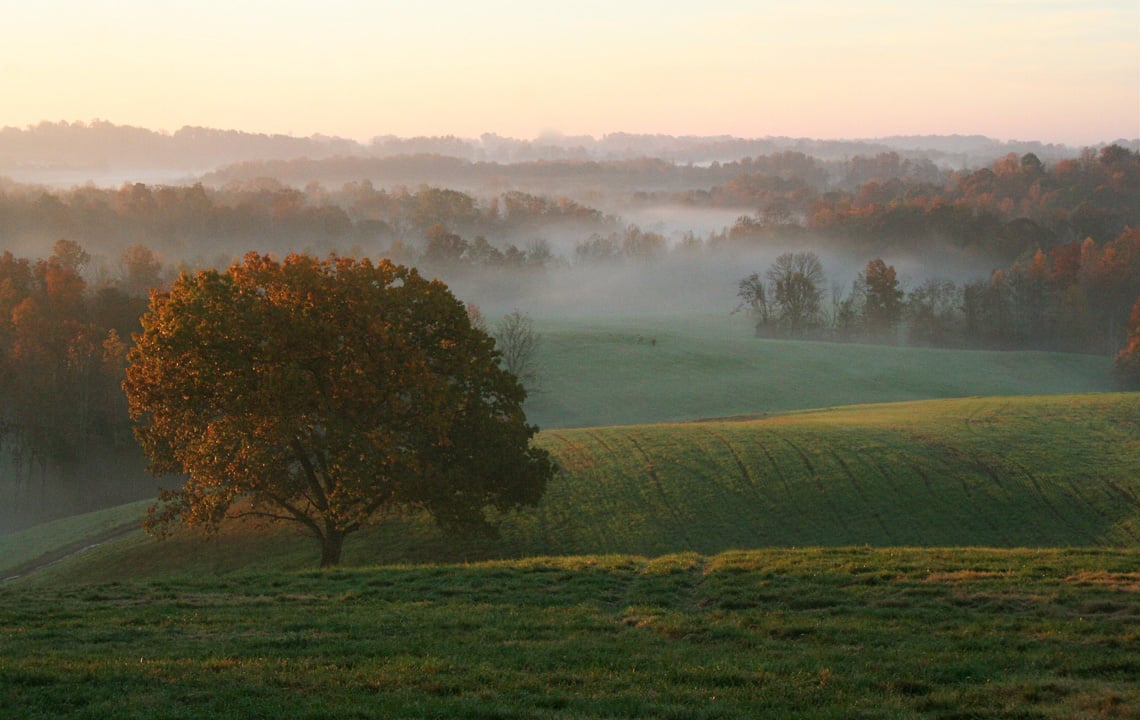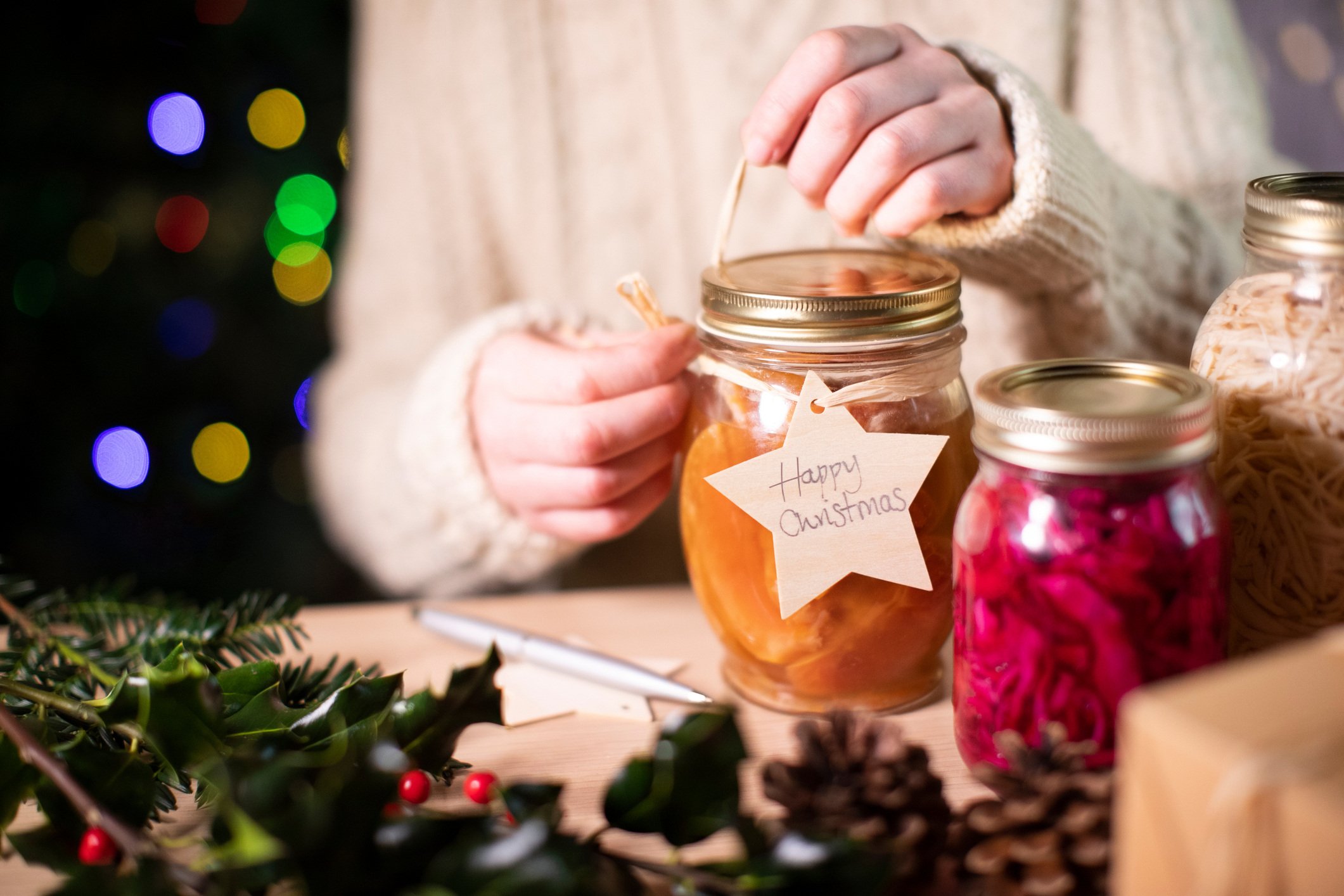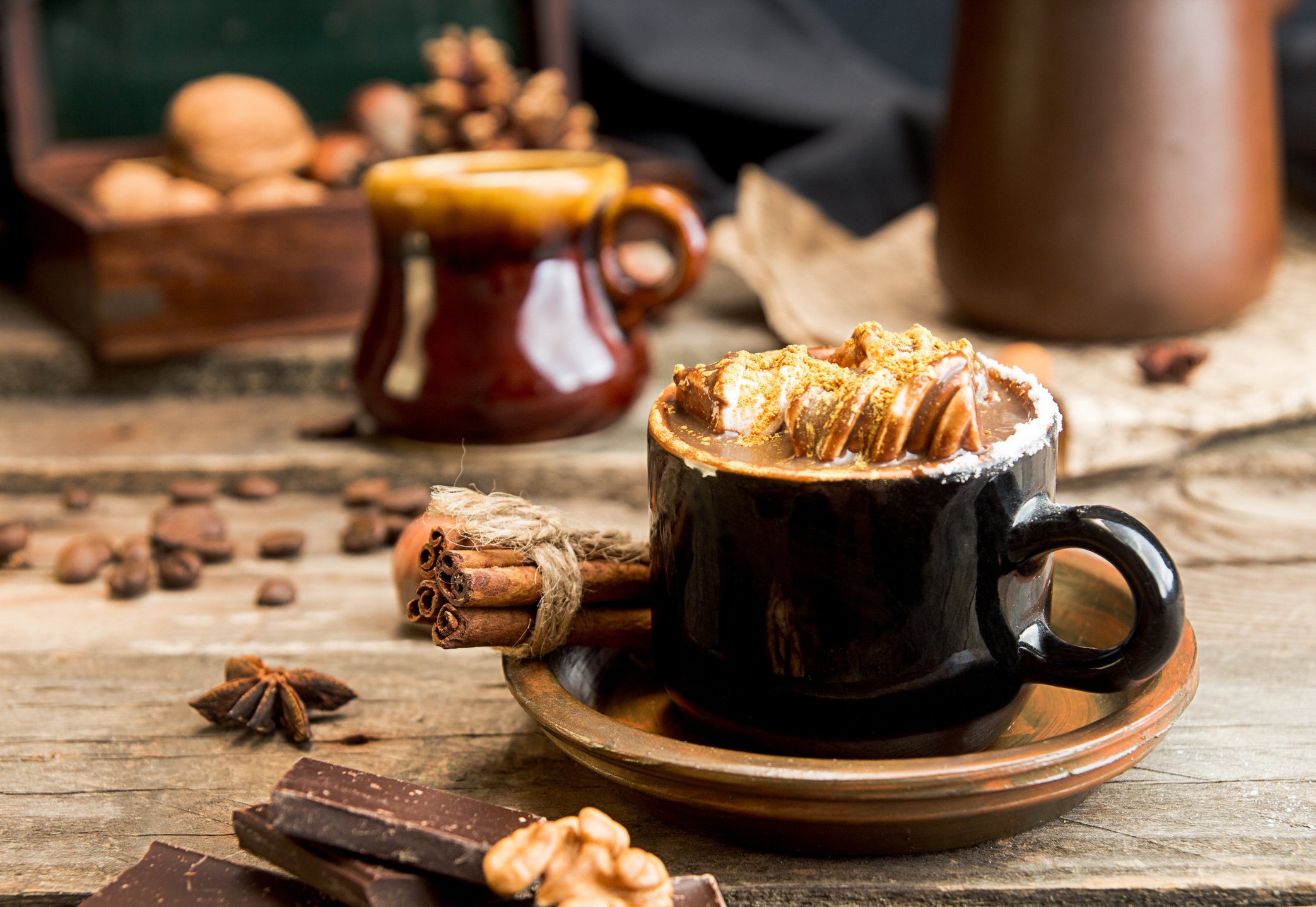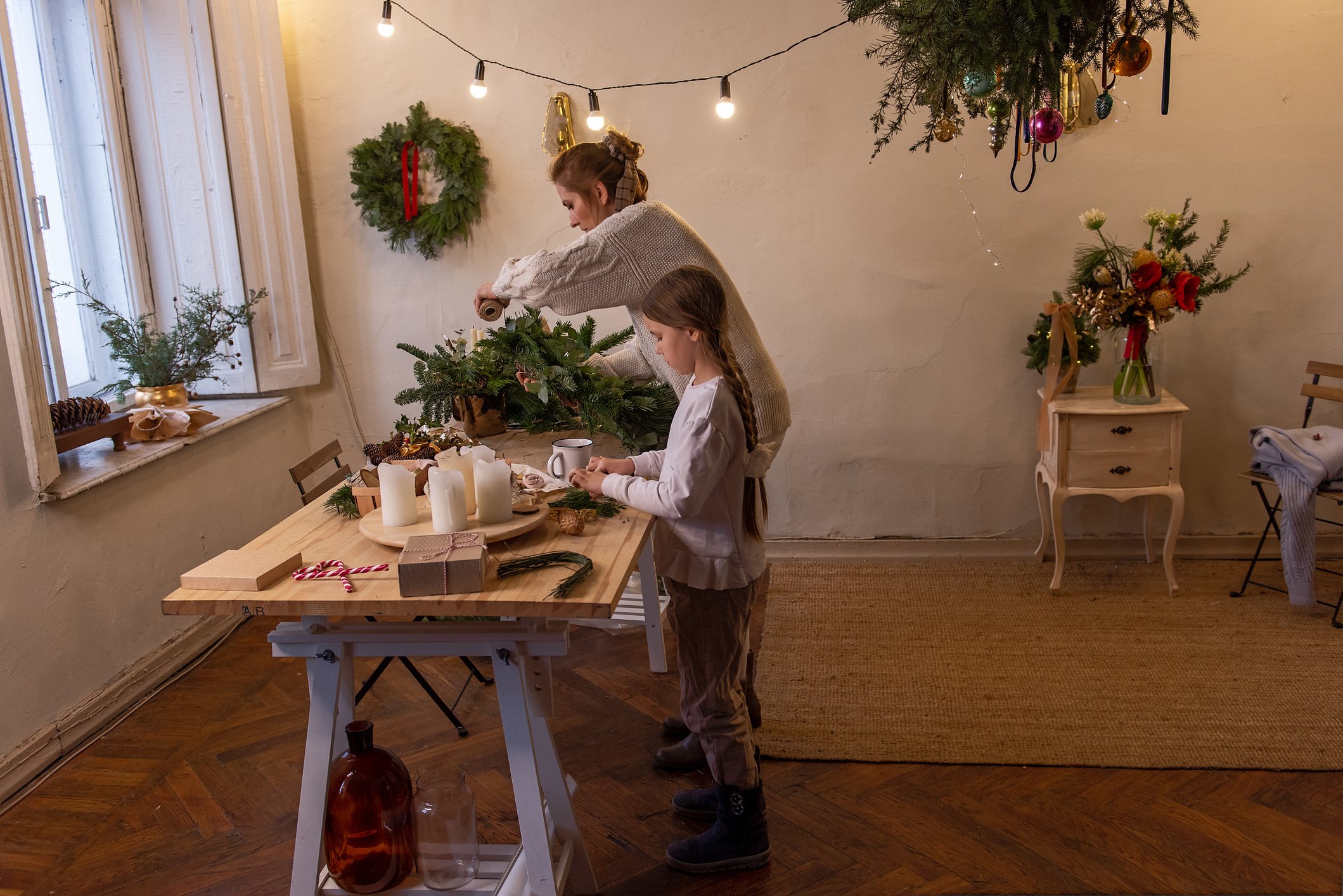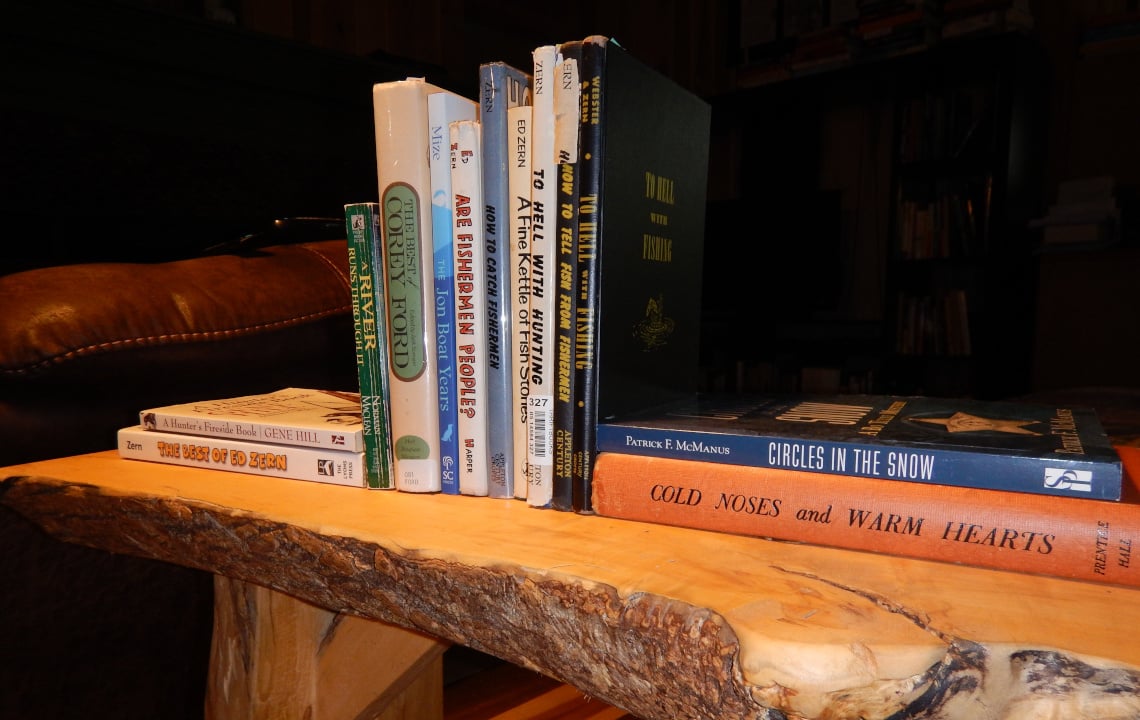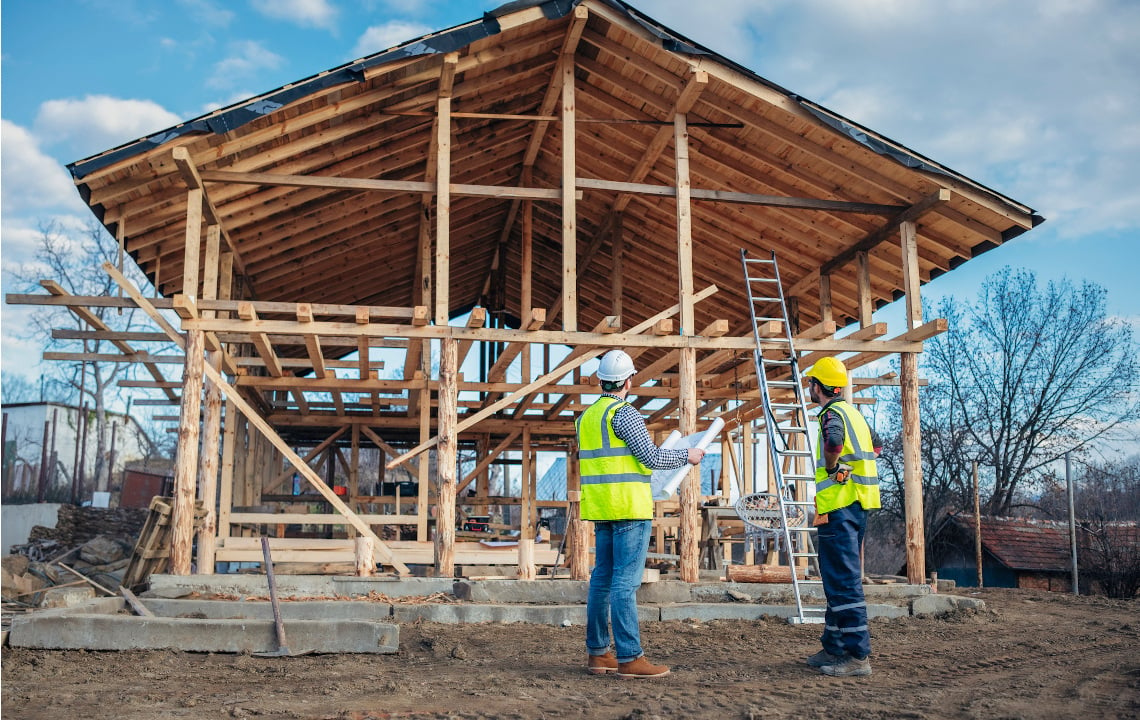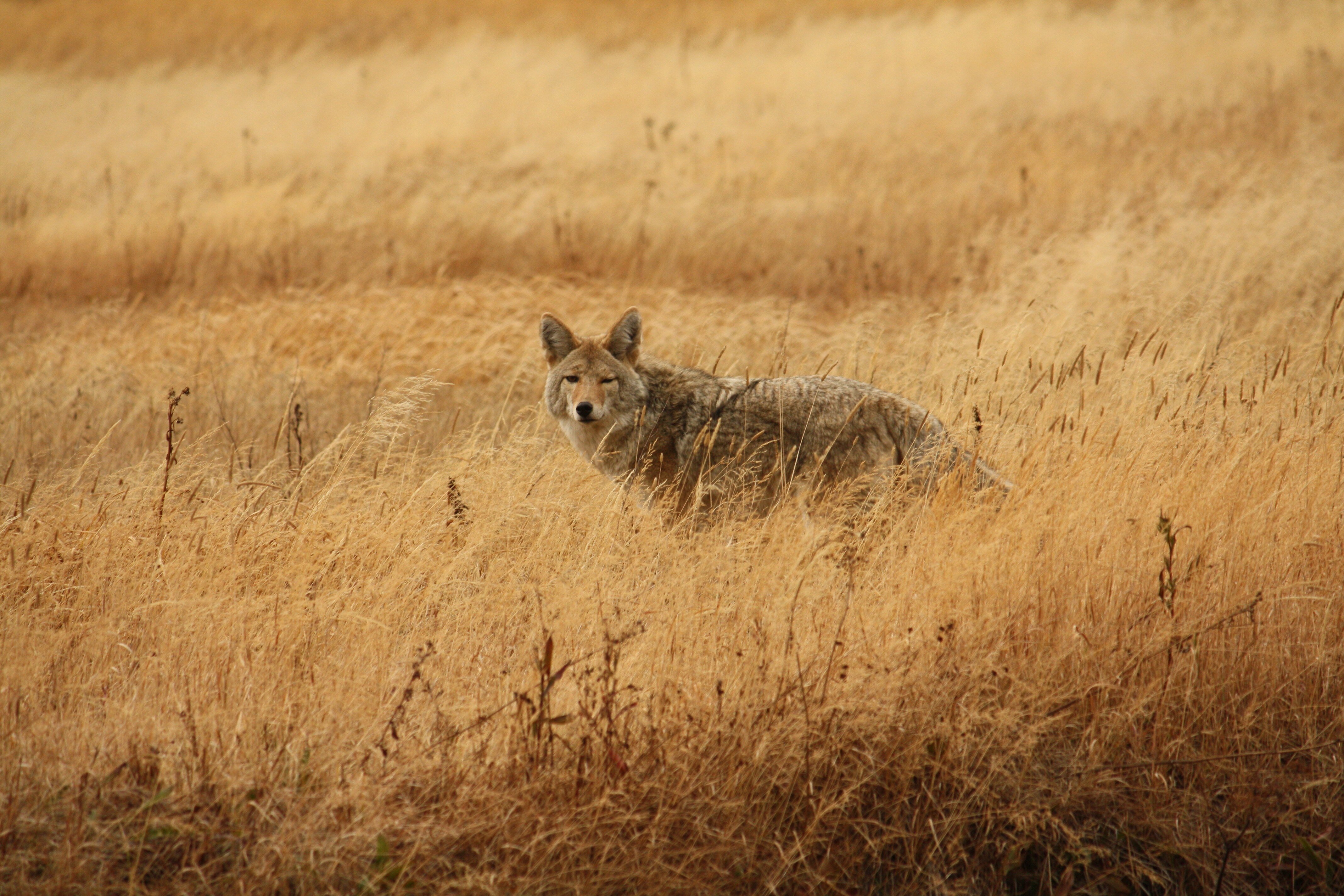Kentucky farm wife at midlife, Catherine Pond, paints a beautifully nostalgic picture of why Southerners cherish the lingering months of autumn.
Autumn throughout the rural South, and much of the nation, is about harvest time.
We notice the waning days of summer as it darkens earlier. There is crisper air and bluer sky. Farmstands are laden with piles of colorful and heirloom pumpkins, corn stalks and bushels of apples. The intense heat and humidity of summer has dissipated, we hope, except for the occasional “Indian Summer” spell.
Here in southern Kentucky, the lush green of our western Appalachian knobs and foothills becomes muted with pops of color among changing leaves in a mellowing landscape. On many farms, with enough nurturing summer rain in the ground, there might be one more good haying to fill the barn before winter.
Cornfields are cut for winter forage, soybeans await their turn for autumn harvest and there are even a few farmers still putting up tobacco or cotton.
Wherever you are, the fall season can be a bittersweet time.
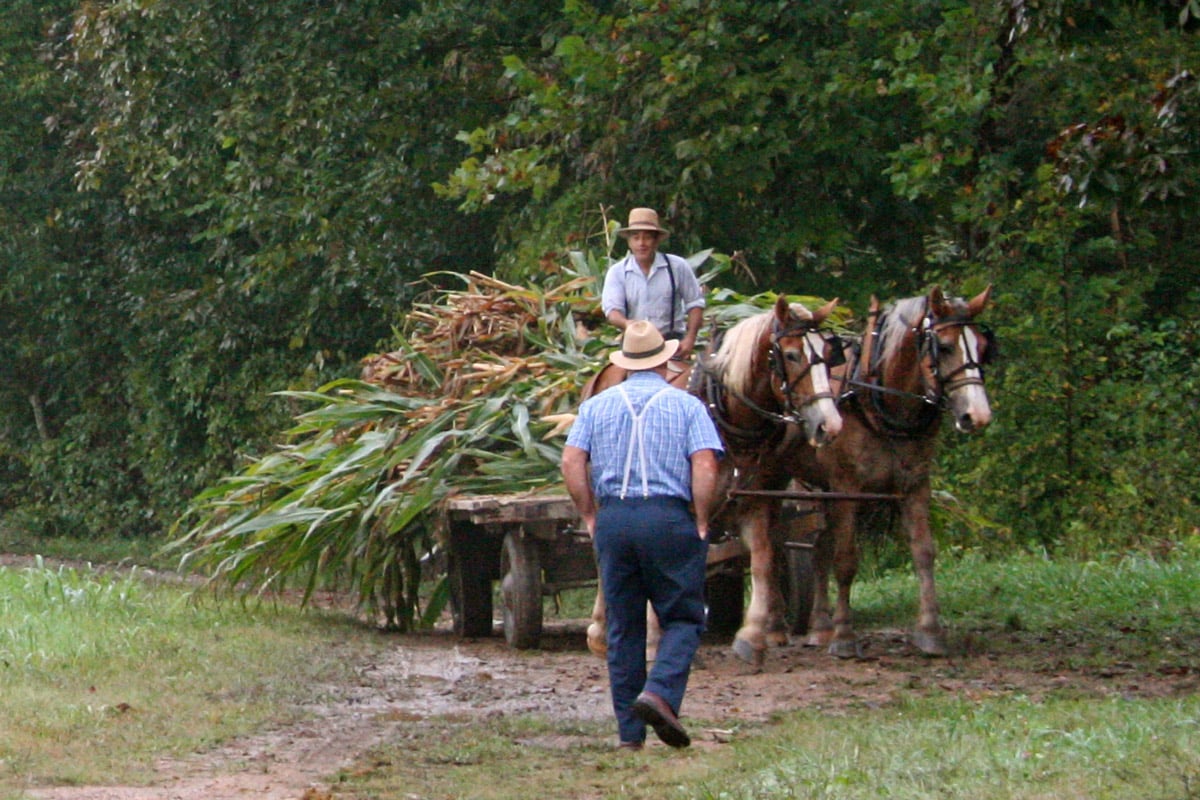
Even folks in the cities and suburbs can feel the chill in the air and think of another time. One of my first musical memories hearing Patti Page sing "September Song” and the theme from The Fantasticks in an album, “The Sounds of Autumn,” on the hi-fi in our suburban Ohio living room in the mid-1960s. I didn’t quite understand it yet but as I listened I was already feeling that autumnal sense of longing and nostalgia.
“Try to remember the kind of September when life was slow and oh so mellow.”
September is the start of “meteorological autumn”—September 1 through November 30 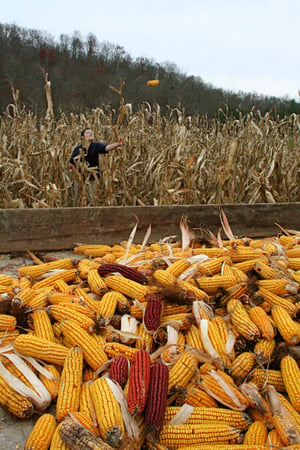
By late August, the autumnal equinox announces its approach with longer shadows across the landscape in earliest evening. By mid-September, the days have shortened by an hour and a half since the height of summer, while I also welcome the long streak of morning sun across our living room and kitchen as I begin my day’s work writing or puttering about in our farmhouse.
The pale flush of spring and summer wildflowers is long gone. Along the roadsides there is the last glow of summer flowers: robust golden swaths of coreopsis or goldenrod, the tall magenta magnificence of Joe-Pye weed, or the purple crowns asters and ironweed.
If you keep tabs on the constellations, the Big Dipper (Ursa Major) to the northwest makes it gradual drop until, by late September, we can no longer see it tipping over the knob at our farm. In the spring, we will see rise again over our farm.
In Kentucky, I have learned that the August-May school year reflects former agricultural needs, when children were available for the corn or tobacco harvest during their early October fall breaks.
Like so many of our customs, we still revolve around the earthly changes, even though we are no longer a predominantly agrarian society.
In the countryside, especially, seasons help to define and shape who we are, and what we might do.
No matter what happens in our lives, nature is always there as a backdrop reminding us of its majesty.
In rural America we are even more blessed by this reality, while the South has perhaps the longest autumn of any part of the country. This, I’ve shared with my friends back in New England, is the one reason why fall has become my favorite season, seconded only by spring.
Both seasons have about the same three-month duration which is not the reality in colder climates. These are also the more temperate months when we can finally throw open the windows without relying on heat or air-conditioning.
Perhaps you’ve noticed the recent sideshow-distraction from real fall moments by the rampant “Pumpkin Spicing” of almost everything on store shelves.
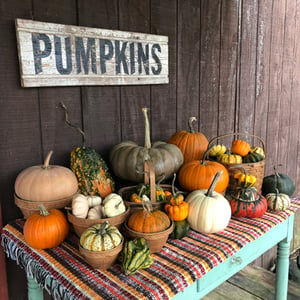 There are special edition pumpkin spice candles, air-fresheners, soaps, baking mixes, tortilla chips (ok, those aren’t so bad), cereal, puddings, tea, coffee, even nail polish and Spam™!
There are special edition pumpkin spice candles, air-fresheners, soaps, baking mixes, tortilla chips (ok, those aren’t so bad), cereal, puddings, tea, coffee, even nail polish and Spam™!
But then there is the actual pumpkin and apple-spicing of autumn, something we’ve carried forward since our Pilgrim and Colonial ancestors.
I look forward to a baking repertoire that includes apple crisp, applesauce cake, pumpkin and apple pies (and, I’ll admit, I do love a good pumpkin spice latte) and all manner of savory dishes, too.
There are the warmly spiced squash and carrot soups, roasted sweet root vegetables and all manner of casseroles.
And summer of canning ends with the easy joy of preparing homemade sugar-free applesauce—something I learned to do from my mother: apples cooked down with their red and rosy peels and with just a bit of cinnamon (and is now, as empty-nesters more or less, about the only canning I still do).
To carry that further, sometimes I transform the applesauce into apple butter with a hearty infusion of spices and a long, slow cook for thickness and color. My father used to love apple butter mixed into cottage cheese. Sometimes I still make a small batch in his honor and as a reminder of childhood autumns where we’d tromp out to the Ohio countryside to cider mills and apple farms.
Autumn is a time to honor our farm roots and heritage and to seek the genuine “pumpkin spice” opportunities, such as visits to farm markets, orchards and pumpkin patches.
One of my favorite quotes about the season, along with its profound cosmic pondering, is from beloved American novelist, Willa Cather.
In one of her novels of immigrant farm life on the Nebraska prairie — My Ántonia, written in 1918 but immortal in its words — narrator Jim Burden recalls his time in his grandmother’s garden:
“I was left alone with this new feeling of lightness and content. I sat down in the middle of the garden...and leaned my back against a warm yellow pumpkin. There were some ground-cherry bushes growing along the furrows, full of fruit. I turned back the papery triangular sheaths that protected the berries and ate a few. All about me giant grasshoppers, twice as big as any I had ever seen, were doing acrobatic feats among the dried vines. The gophers scurried up and down the ploughed ground. There in the sheltered draw-bottom the wind did not blow very hard, but I could hear it singing its humming tune up on the level, and I could see the tall grasses wave. The earth was warm under me, and warm as I crumbled it through my fingers. Queer little red bugs came out and moved in slow squadrons around me. Their backs were polished vermilion, with black spots. I kept as still as I could. Nothing happened. I did not expect anything to happen. I was something that lay under the sun and felt it, like the pumpkins, and I did not want to be anything more. I was entirely happy. Perhaps we feel like that when we die and become a part of something entire, whether it is sun and air, or goodness and knowledge. At any rate, that is happiness; to be dissolved into something complete and great. When it comes to one, it comes as naturally as sleep.”
It is noteworthy that the last sentence of that quote was inscribed on Willa Cather’s headstone in Jaffrey, New Hampshire’s Old Burying Ground where she was buried in 1947. [And it is also one of the most lovely of New England settings in autumn, near the eastern base of Mount Monadnock.]
As Jim Burden did, the autumn months are a time to meld with our landscapes — “to be dissolved into something complete and great.”

To take in their pageant and wonder before the dim winter months, perhaps to start walking again in our cooler mornings and evenings. To throw open the sashes of our homes to inhale that bracing air and hear the birds again, to take stock and begin a more inward journey — not only in our hay barns and silos or in our farm pantries and freezers, but in our minds.
As with Persephone who went into the underworld only to return each spring, autumn is the beginning of our inner work — in our homes and in ourselves — while we wait for the awakened earth, and for it all to begin again.
It always does: there is always the promise of new life after the death and decay of autumn and the dormant freeze of winter. We welcome the nuances and differences of each returning season that we can more fully experience in our country lives.
As hard and rewarding as rural life can be, how fortunate are we to live in the American countryside?
I may be a cock-eyed optimist and chronic romantic but no matter what is happening in the world, I embrace the comfort and reality of this existence.
Autumn provides the opportunity to appreciate our blessings more fully, to know that we must always try to best use the limits of our days, and to be grateful for everything around us and from our bountiful earth.
(Photo credit: Catherine S. Pond)


